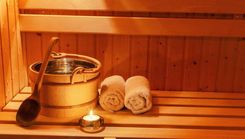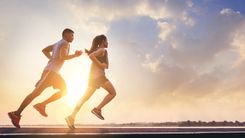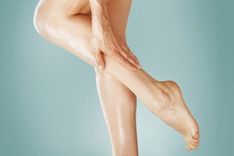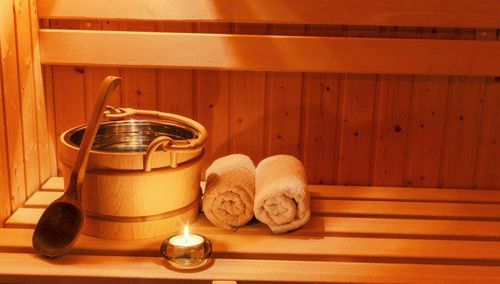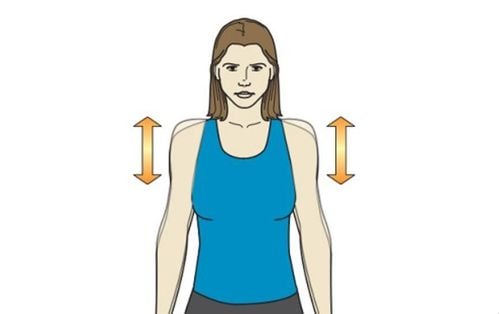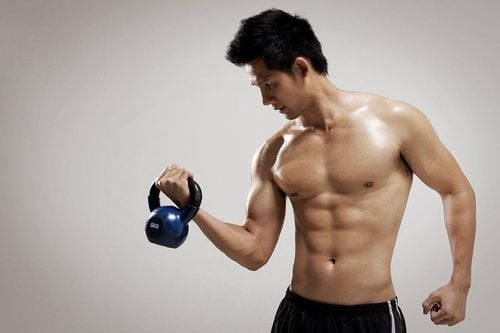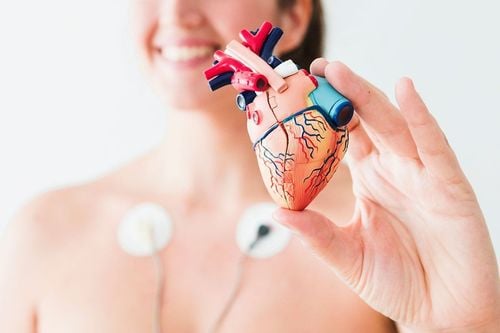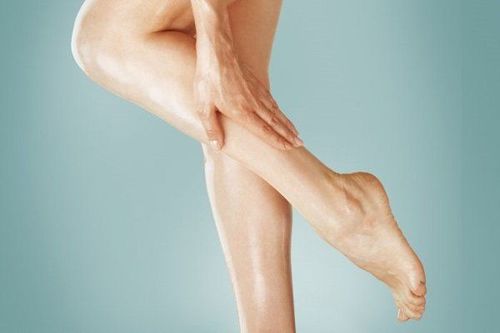Cycling can impact the muscles in the buttocks and thighs, which might give the impression that this exercise can help enlarge your butt. However, cycling, regardless of intensity or uphill riding, is not sufficient to significantly increase the size of your gluteal muscles.
1. Does cycling make your butt bigger?
Essentially, your buttocks consist mainly of subcutaneous fat and muscles in the gluteal area. When you cycle, it can help the muscles in your buttocks become healthier. However, cycling will not make your butt bigger, but it can give you a better physique due to its cardiovascular benefits and muscle-building properties. Cycling works your legs and gluteal muscles, especially when climbing hills, but it does not last long enough or provide enough resistance to build large muscles.
Overall, cardiovascular activities like cycling will burn fat around your gluteal muscles better than making your butt bigger. However, if you regularly cycle at a challenging speed and resistance, you may notice stronger thrusts - and the accompanying health benefits, including reduced hip, knee, and ankle pain.
The Physical Activity Guidelines for Americans recommend 150 to 300 minutes of moderate-intensity cardiovascular exercise weekly, and cycling falls into that category. But nowhere in the guidelines does it mention that cycling will make your butt bigger.
Cycling will not make your butt bigger - but it will burn fat and help you achieve a better physique.
2. Misconceptions about cycling making your butt bigger
Your butt will not get bigger if you only practice cycling, regardless of high-intensity training or uphill riding.
2.1 High-intensity training
Cycling is often considered a form of high-intensity endurance training, especially if you participate in an indoor cycling class or outdoor cycling on hilly terrain. According to ACE Fitness, interval cycling is the most effective form of burning fat and increasing the body's metabolic rate. Although your muscles have to work harder during cycling, the difference you will see is fat loss rather than muscle gain.
2.2. Do you gain more muscle?
Muscles are built when enough stress is placed on them, such as when lifting weights. The stress on the muscles can cause damage, and when the muscles recover, they grow stronger and larger.
Unfortunately, cycling does not place enough load on your gluteal muscles to cause hypertrophy or muscle growth. In fact, too much cardio can hinder muscle gain by slowing recovery and burning the calories your body needs to create muscle.
2.3. Uphill cycling
When cycling, climbing hills is when you feel your butt pushing into high gear. Your legs need to access their strength to push you up the hill. However, most climbs only last a few minutes, not long enough to build large and bulky gluteal muscles. Although climbing will make your legs and butt stronger, strength does not always equate to size.
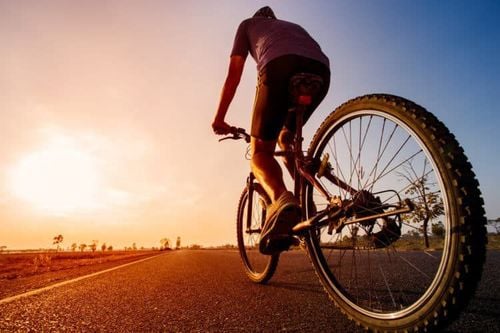
3. Exercises that can help make your butt bigger
3.1. Squats
Squats are a great and proven way to train your gluteal muscles (buttocks). You can add resistance by performing them while holding weights in your hands or with a barbell across your shoulders. If you choose the barbell (advanced), make sure you have a spotter unless the resistance is very light.
Changing the width of your feet will change the focus of the exercise. The closer your feet are together, the more the front thigh muscles work. When you move your feet further apart, you will feel the exercise more in your hips and buttocks. Always have someone check your form to ensure you are squatting correctly.
If you go to the gym, the leg press machine may be easier to use than squatting with a barbell, and it targets the same area.
3.2. Lunges
Lunges are another exercise that works your gluteal muscles. Here are some different types of lunges:
- Static lunges
- Walking lunges
- Alternating lunges
- Side lunges
To add more to the lunge exercise, let's review the stationary lunge with weights.
Hold two dumbbells at your sides. Step one foot forward and stand so that you maintain good balance. Bend both legs and lower the weights towards the ground, ensuring your front knee does not go past your toes. At this point, the other knee will almost touch the floor; then return. Perform all repetitions with one leg forward and then continue with the second leg.
3.3. Hip extensions
On a step or bench (or on a bed if you are working out at home), lie face down, hips on the edge of the step, legs straight with toes lightly touching the floor. (If you are using a bed, your legs will hang off the edge, and your feet will be off the floor.) Squeeze your glutes and hamstrings and straighten your legs until they are level with your hips.
Lift one leg higher, then the other, and alternate. Move each leg as if you are performing a flutter kick in water. Try to do 3 sets of 20 reps on each leg.
When you have completed 3 sets of Flutter Kicks, in the same position, contract your glutes and hamstrings so that both legs are parallel to the floor and open your legs, then close them. When you close them, cross one leg over the other. Alternate each set, which leg crosses over. Try to do 2-3 sets of 20 reps for each leg.
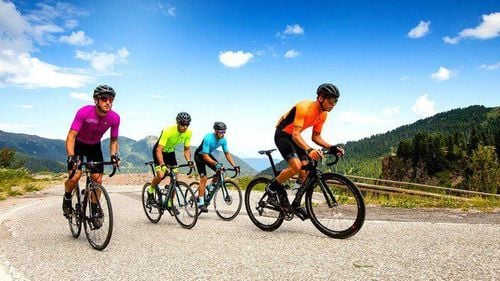
3.4. Deadlifts
Deadlifts are great for your hamstrings, glutes, and lower back, but form is crucial! Start by standing with your feet hip-width apart and holding weights in front of your thighs (barbell or dumbbells). Keep your back flat and core engaged, bend forward from the hips, and lower your torso until the weights reach your shins.
This is when you need to squeeze your glutes to lift back up. Remember to keep the weights (bar) close to your legs throughout the entire range of motion, with only the slightest bend in your knees. Ensure you do not overextend your knees. Perform 3 sets of 8-12 reps.
To arrange an appointment, please call … or make your reservation directly HERE. You may also download the MyVinmec app to schedule appointments faster and manage your reservations more conveniently.
